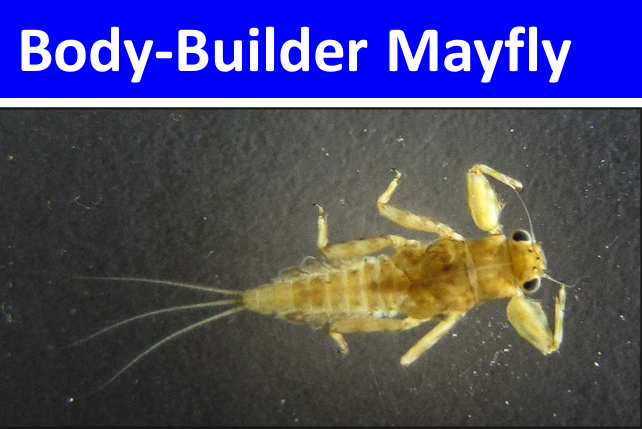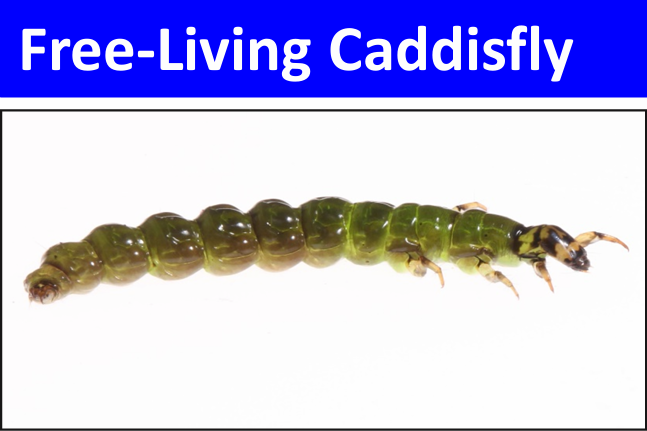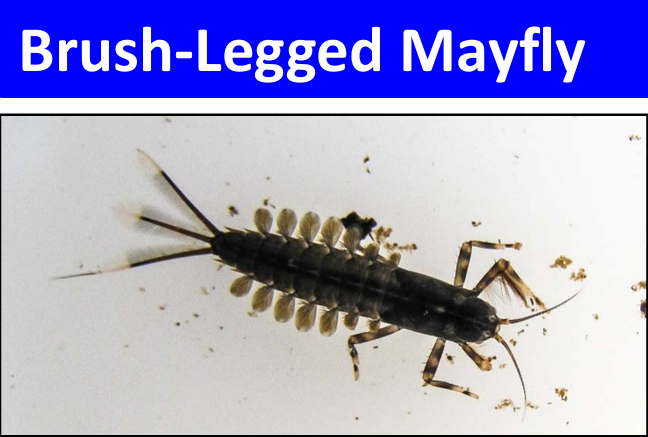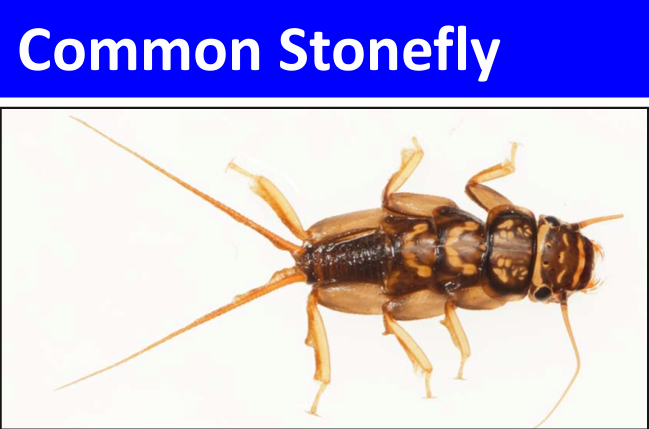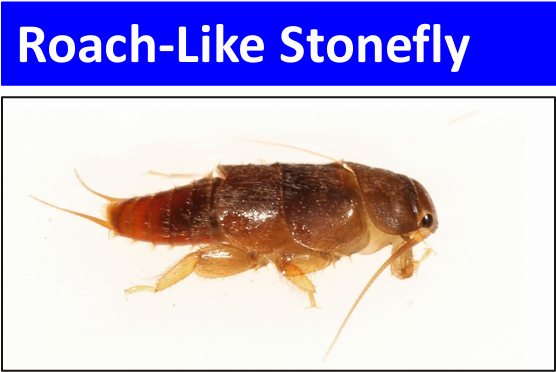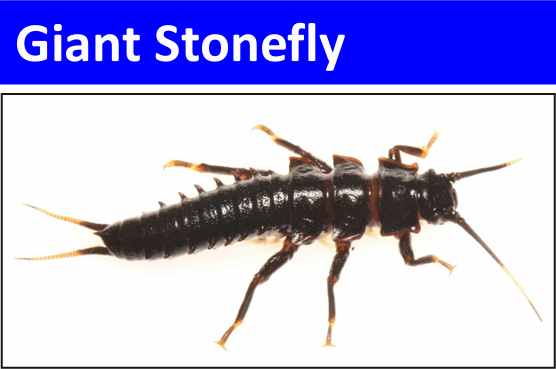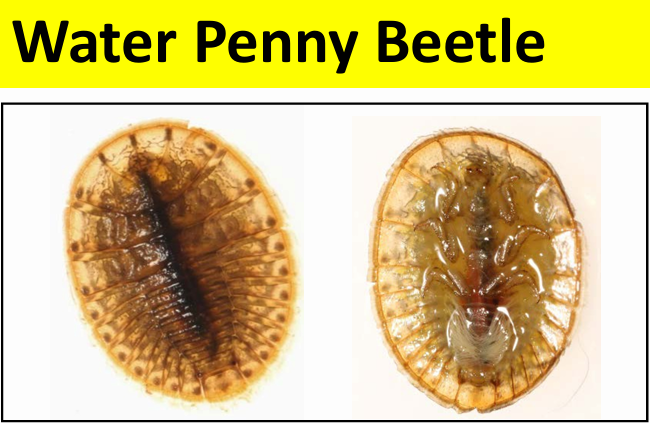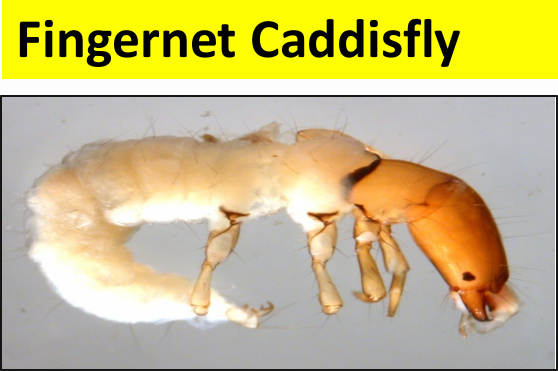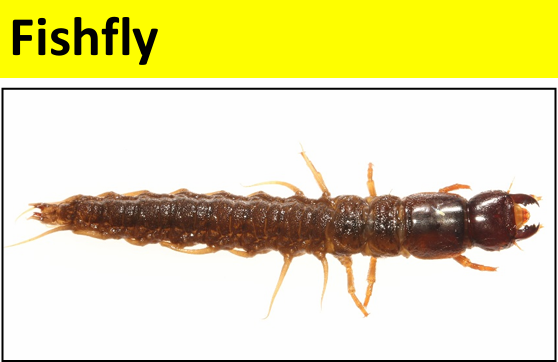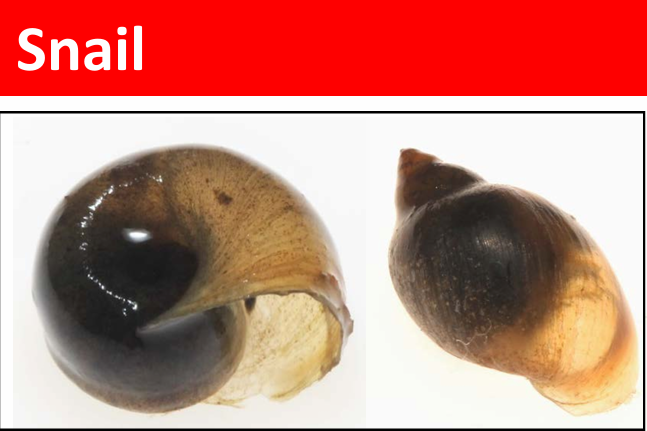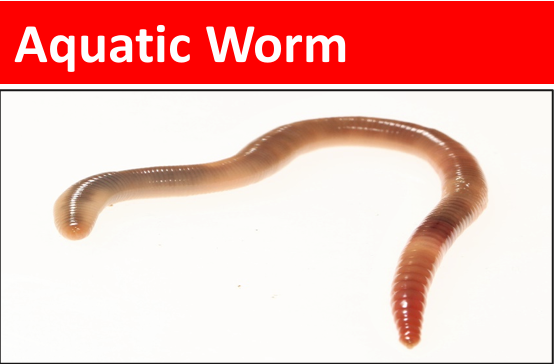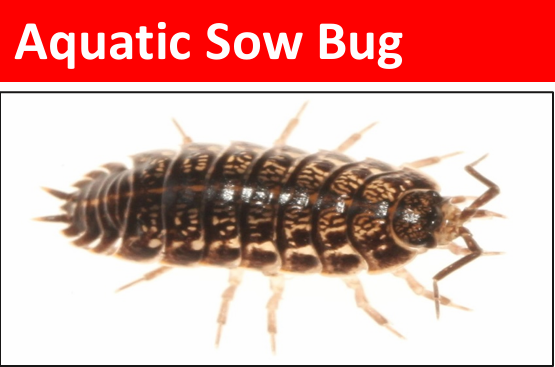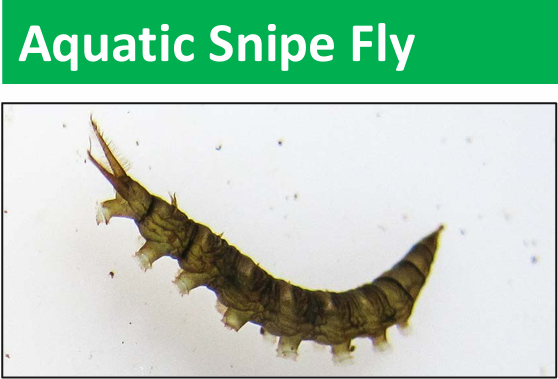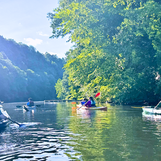Macroinvertebrate Mania: PRWC Marks 20 Years of RBV!
- pomperaugriver

- Sep 30
- 2 min read
PRWC staff and volunteers collect, sort, and identify macroinvertebrates at local stream sites (Sept. 2025).
Since 2006, PRWC staff and volunteers have traveled across the watershed each fall searching local streams for macroinvertebrates, or river bugs, to help assess water quality. These bugs are very sensitive to pollution, so finding them can help us identify our watershed's healthiest streams! PRWC conducts these surveys each year as part of CT Dept. of Energy and Environmental Protection's (CT DEEP) Riffle Bioassessment by Volunteers program. With over 7,772 miles of streams in CT to cover, CT DEEP relies on groups like ours to help collect the data needed to protect and improve water quality statewide. This is one of the many ways PRWC contributes meaningful data to support water conservation both in our watershed and all across CT!
During the survey, RBV volunteers examine the water quality of local stream segments by studying the aquatic benthic macroinvertebrate community present in rocky or ‘riffle’ areas of these streams. If volunteers can find four or more of the ‘most wanted’ (most sensitive to pollution) macroinvertebrates, CT DEEP can use this data to assess that stream as fully supporting water quality standards for aquatic life use. CT DEEP integrates RBV data submitted by PRWC and other volunteer groups statewide into its Annual RBV Program Report and Integrated Water Quality Report to Congress.
Meet Your Macros
See what critters you could find during an RBV survey! BLUE indicates the most wanted macroinvertebrates, YELLOW indicates moderately wanted, RED indicates least wanted, and GREEN indicates all other macroinvertebrates that may be found. While less significant for assessing water quality, moderately wanted and least wanted macroinvertebrates are still important to collect to document stream biodiversity. All macroinvertebrates can be collected during the survey with the exception of clams/mussels (which should be left in the stream) and crayfish (which should be photographed and immediately returned to the stream).
Images sourced from CT DEEP's RBV Program Macroinvertebrate Field Identification Cards.
Check Out the Results of the 2024 RBV Survey!




















